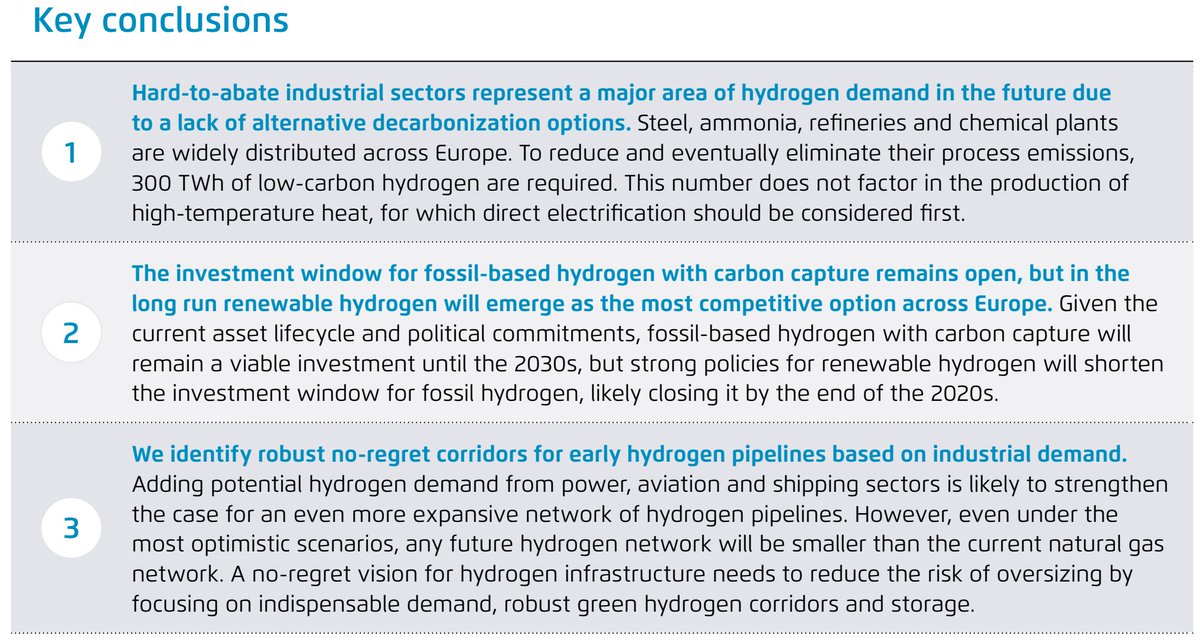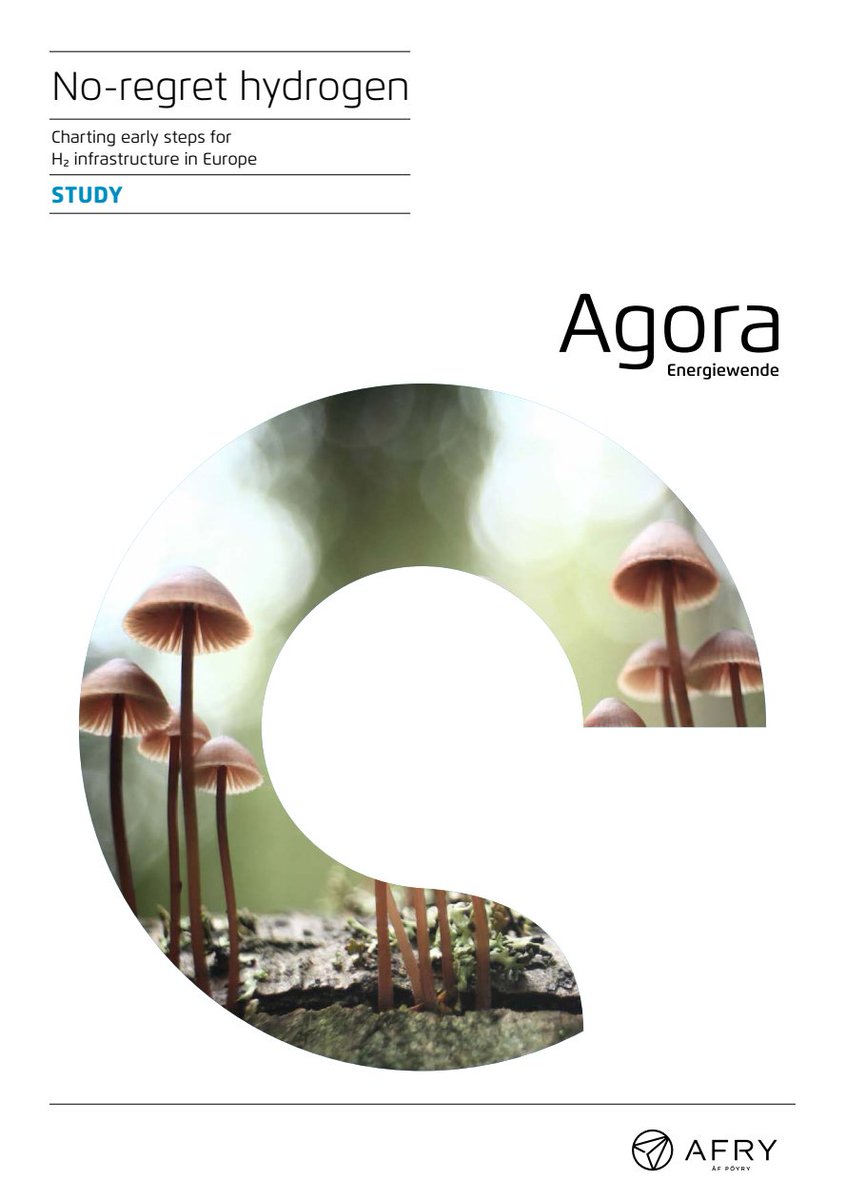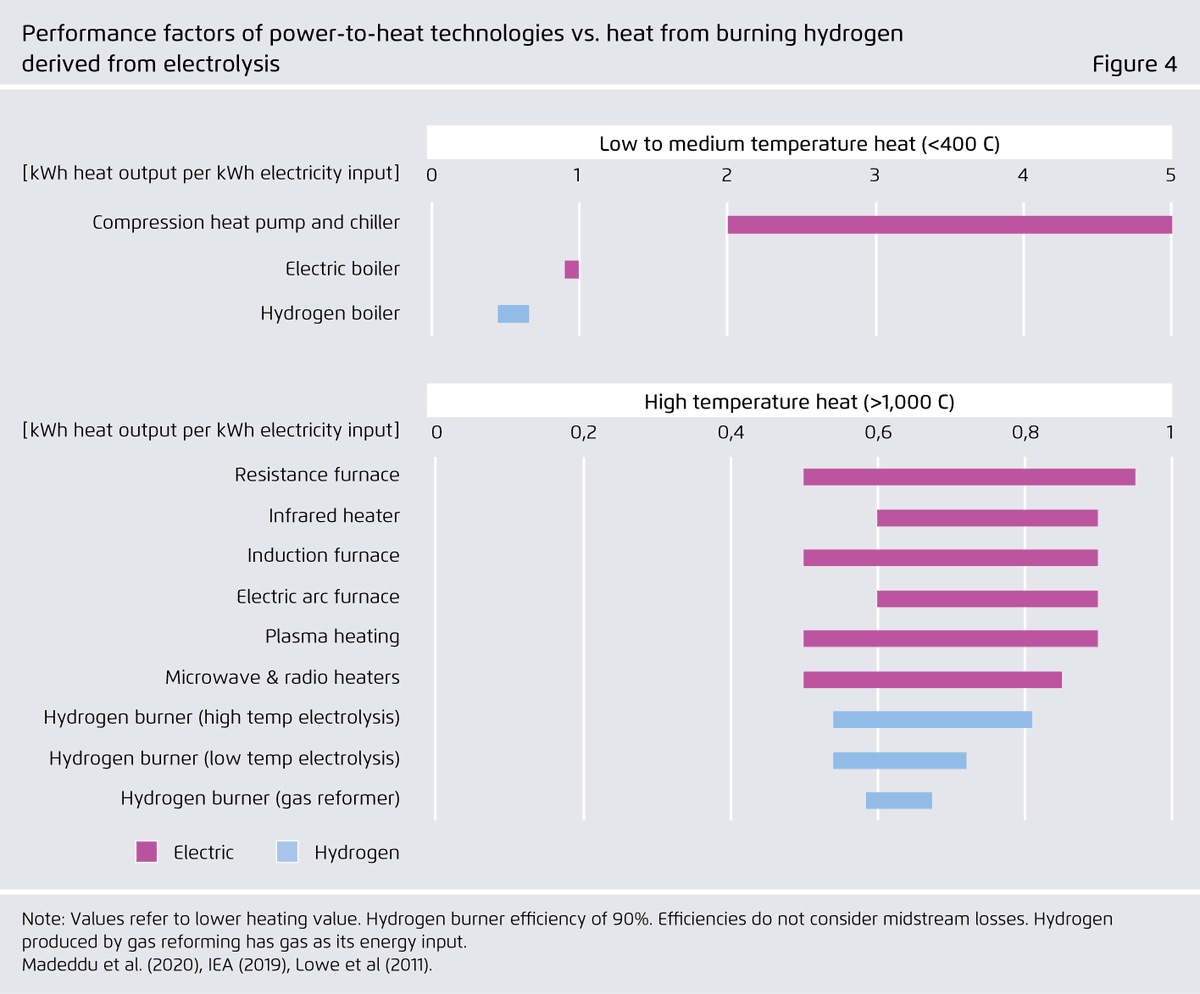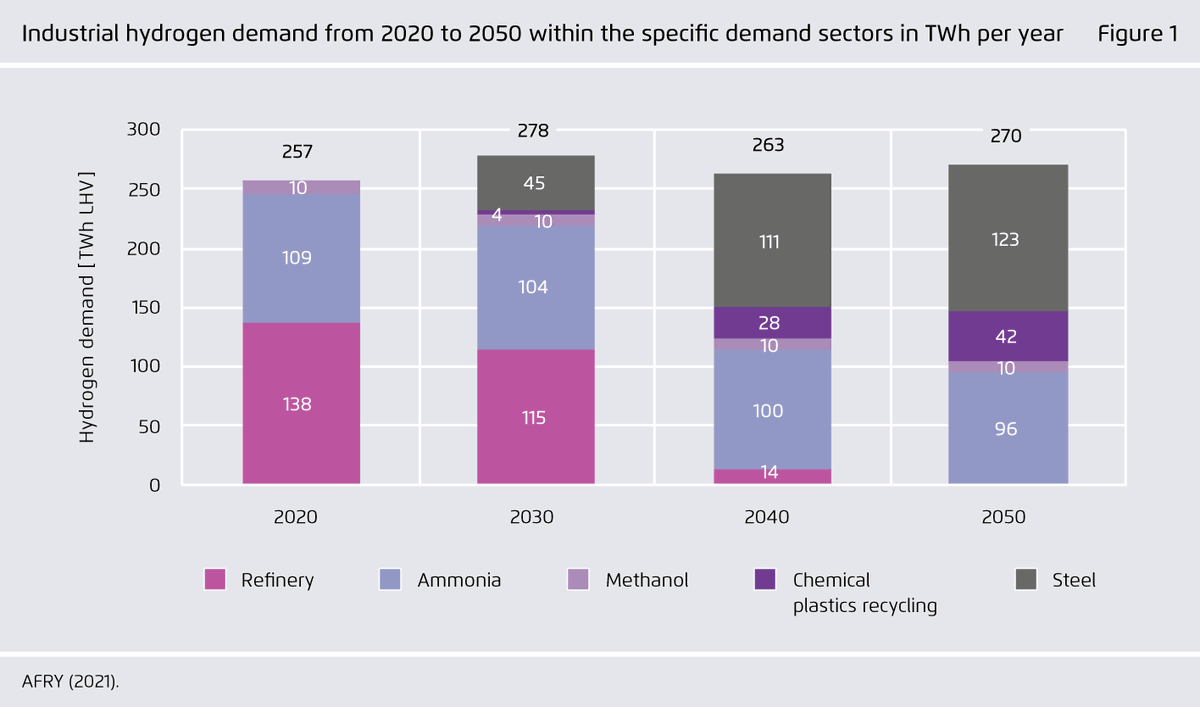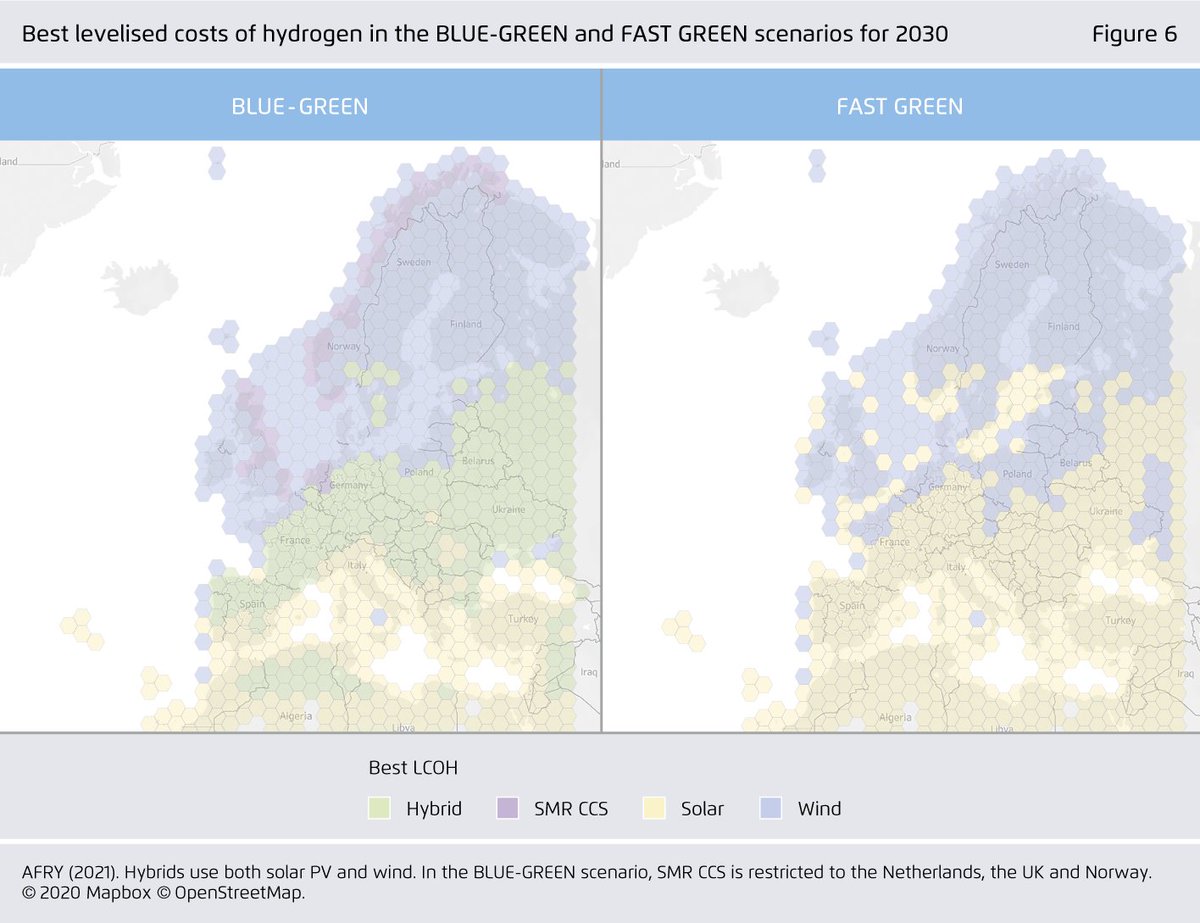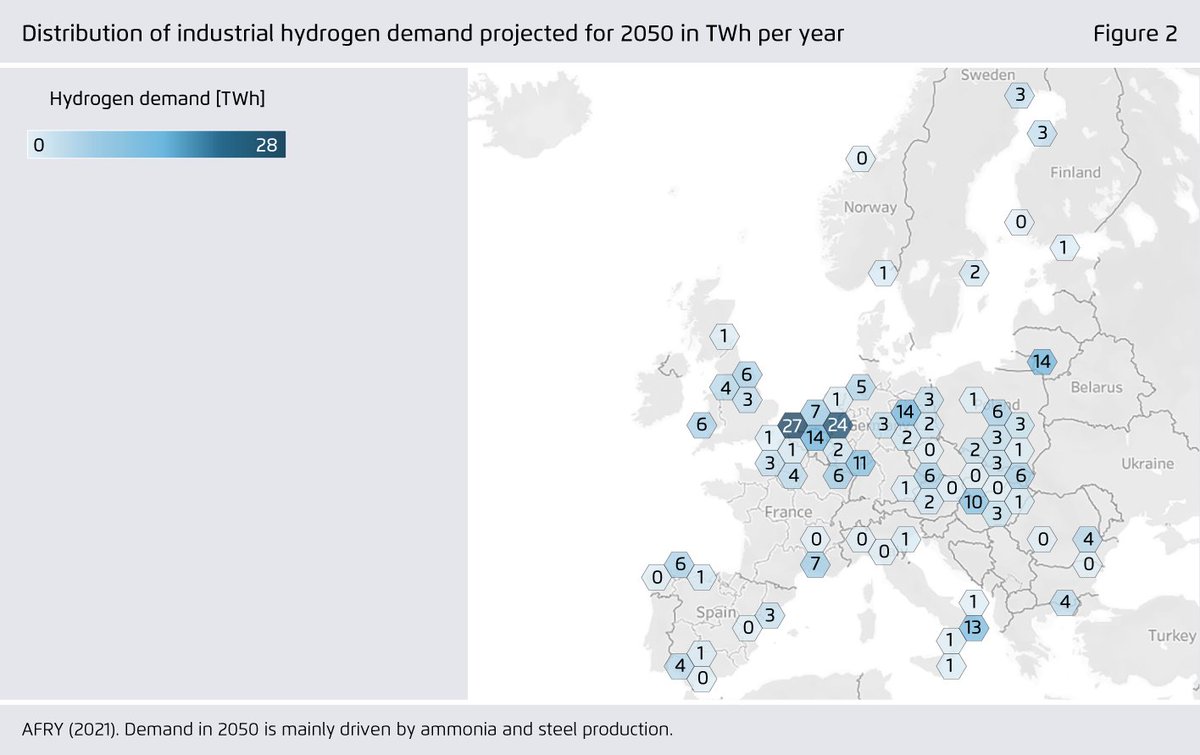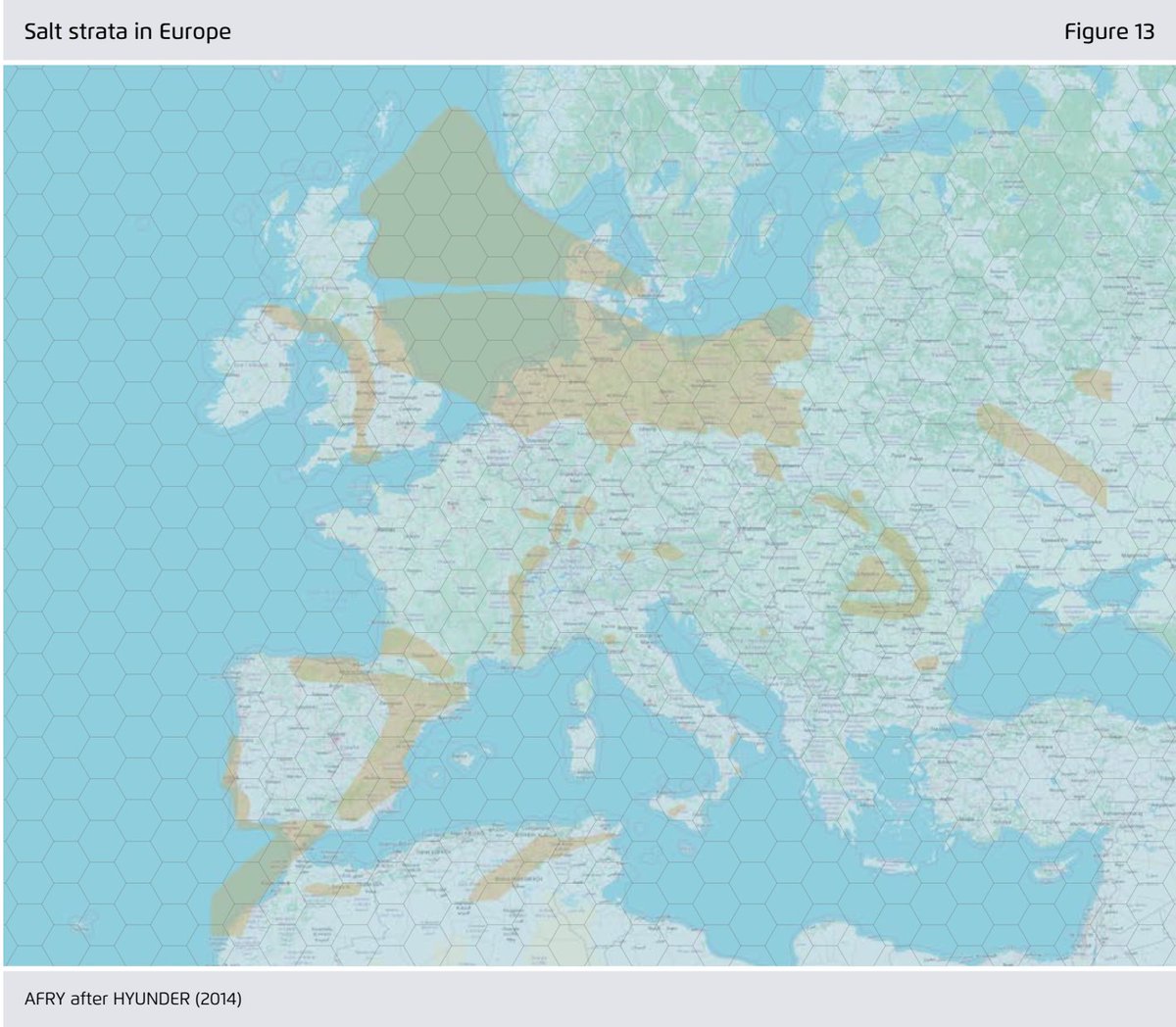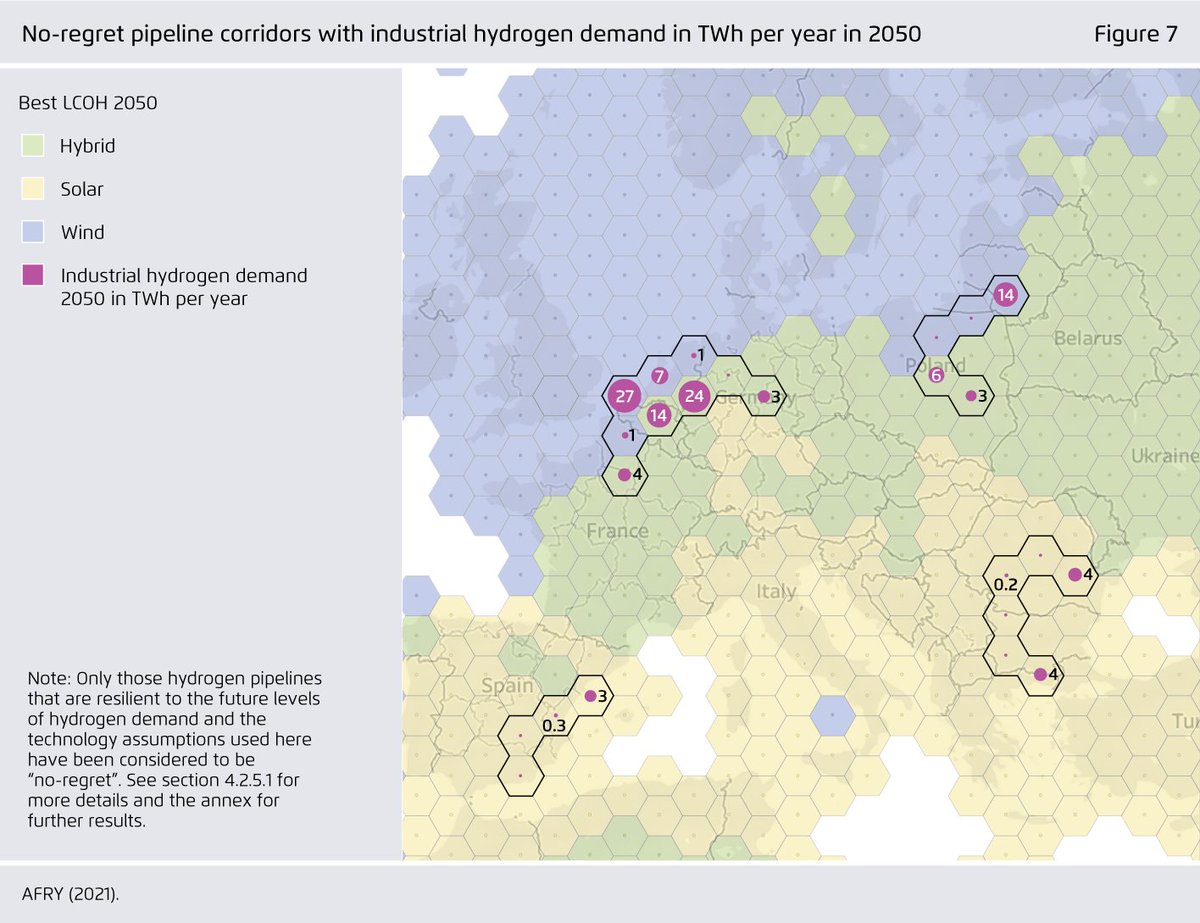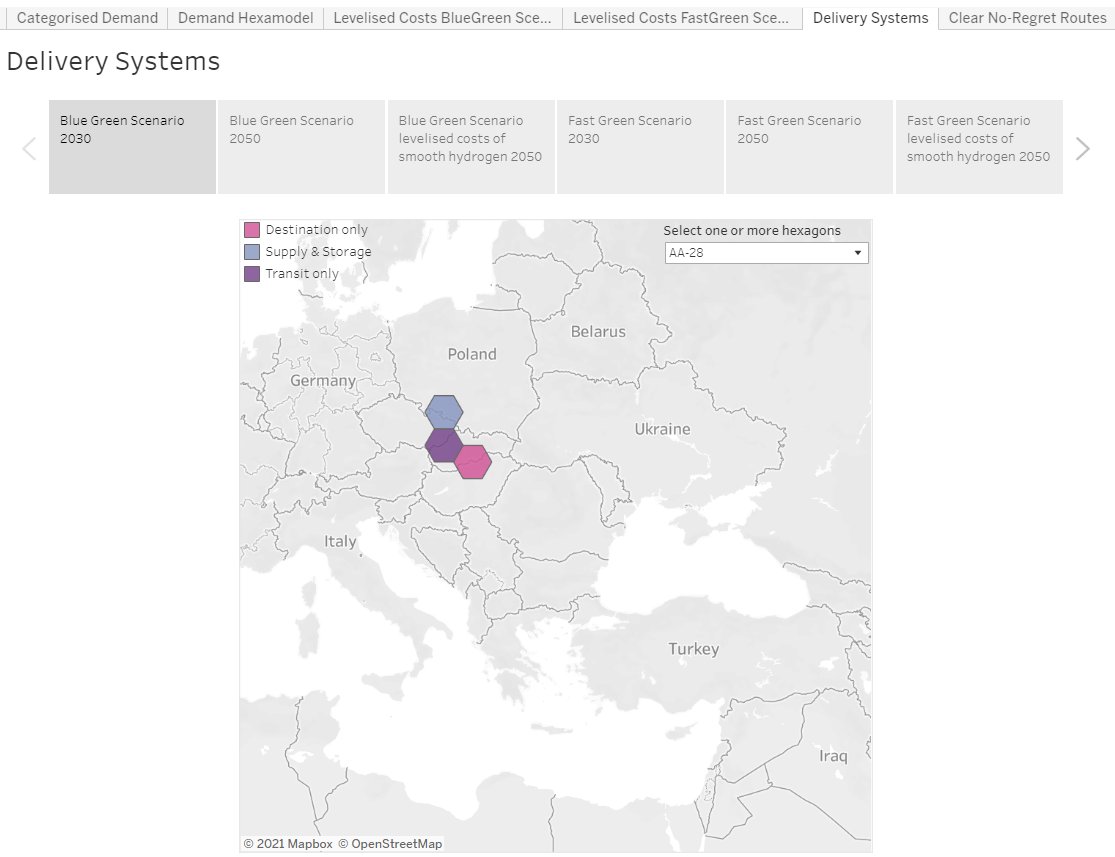No-regret #hydrogen:
Charting early steps for H₂ infrastructure in Europe.
 Summary of conclusions of a new study by @AgoraEW @AFRY_global @Ma_Deutsch @gnievchenko (1/17)
Summary of conclusions of a new study by @AgoraEW @AFRY_global @Ma_Deutsch @gnievchenko (1/17)
https://www.agora-energiewende.de/en/publications/no-regret-hydrogen
Charting early steps for H₂ infrastructure in Europe.
 Summary of conclusions of a new study by @AgoraEW @AFRY_global @Ma_Deutsch @gnievchenko (1/17)
Summary of conclusions of a new study by @AgoraEW @AFRY_global @Ma_Deutsch @gnievchenko (1/17) https://www.agora-energiewende.de/en/publications/no-regret-hydrogen
The idea behind this study is that future hydrogen demand is highly uncertain and we don’t want to spend tens of billions of euros to repurpose a network which won’t be needed. For instance, hydrogen in ground transport is a hotly debated topic https://www.cleanenergywire.org/news/climate-targets-force-trucks-race-clean-transport (2/17)
Similar things can be said about heat. 40% of today’s industrial natural gas use in the EU goes to heat below 100°C and therefore is within range of electric heat pumps – whose performance factors far exceed 100%. (3/17)
Even for higher temperatures, a range of power-to-heat (PtH) options can be more energy-efficient than hydrogen and should be considered first. Available PtH technologies can cover all temperature levels needed in industrial production (e.g. electric arc furnace: 3500°C). (4/17)
In our view, hydrogen use for feedstock and chemical reactions is the only inescapable source of industrial hydrogen demand in Europe that does not lend itself to electrification. Examples include ammonia, steel, and petrochemical industries. (5/17)
We see strong demand for hydrogen from steel in particular as producers all over Europe (




 ) plan to move to direct reduced iron (DRI) processes – and so do others around the globe, as recent announcements from China and Korea have shown. (6/17)
) plan to move to direct reduced iron (DRI) processes – and so do others around the globe, as recent announcements from China and Korea have shown. (6/17)





 ) plan to move to direct reduced iron (DRI) processes – and so do others around the globe, as recent announcements from China and Korea have shown. (6/17)
) plan to move to direct reduced iron (DRI) processes – and so do others around the globe, as recent announcements from China and Korea have shown. (6/17)
Given the 2050 climate neutrality target, we see the demand from refineries vanish, to be replaced with demand from steel. Overall, by 2050 we expect that almost 300 TWh of low-carbon hydrogen will be required. Remarkably, that is similar to hydrogen demand in 2020. (7/17)
Having established inescapable demand, we can start thinking about matching supply. European and neighbouring countries have a high renewable energy potential that can be tapped for direct-electric applications and renewable hydrogen production. (8/17)
In our analysis, we consider two scenarios with renewable hydrogen production: The BLUE-GREEN scenario also includes SMRCCS as an option in 

 because those countries are actively developing the technology. (9/17)
because those countries are actively developing the technology. (9/17)


 because those countries are actively developing the technology. (9/17)
because those countries are actively developing the technology. (9/17)
Taking into account asset lifecycles and political commitments in the BLUE-GREEN scenario, fossil-based hydrogen with carbon capture will remain a viable investment until the 2030s. However, … (10/17)
… strong policies for renewable hydrogen will shorten the investment window for fossil hydrogen, likely closing it before the end of the 2020s as is the outcome of the FAST GREEN scenario which is in line with EU Hydrogen strategy electrolyser targets. (11/17)
But producing the required quantities of H2, especially with renewables, is only one piece of the puzzle. Geography adds to the challenge: steel, ammonia, refineries and chemical plants are widely distributed across Europe. Their demand can vary by an order of magnitude. (12/17)
Ensuring reliable supply means accounting for various weather and seasonal effects. In our analysis, we model salt caverns to take care of the variation in renewables to produce “flat hydrogen”. That led us to derive least-cost pipeline corridors for hydrogen transport. (13/17)
Consequently, we identify 4 robust no-regret corridors for early hydrogen pipelines and storage based on industrial demand in different parts of Europe. The demand identified is unlikely to justify a large, pan-European H2 backbone. (14/17)
We do note, however, that our assumptions are limited to inescapable demand from industry. Adding potential hydrogen demand from power, aviation and shipping sectors is likely to strengthen the case for a more expansive network of H2 pipelines. (15/17)
Nonetheless, even under most optimistic scenarios any future H2 network will be smaller than the current natgas network. A no-regret vision for H2 infrastructure reduces the risk of oversizing by focusing on inescapable demand, robust green hydrogen corridors and storage. (16/17)
You can access the underlying maps and data here: (17/17)
https://www.agora-energiewende.de/en/publications/data-appendix-no-regret-hydrogen
https://www.agora-energiewende.de/en/publications/data-appendix-no-regret-hydrogen

 Read on Twitter
Read on Twitter